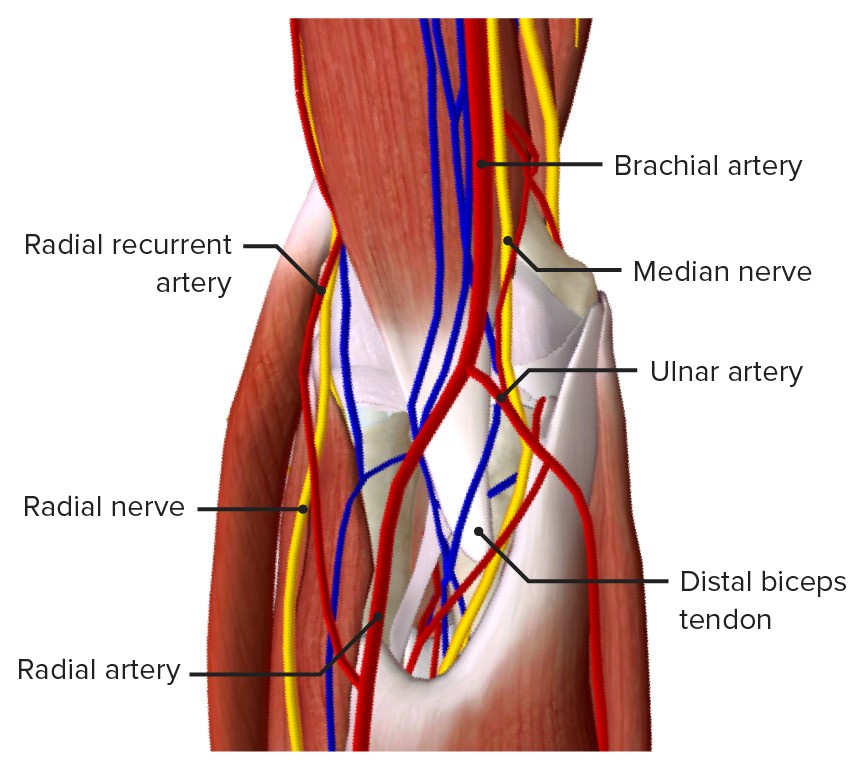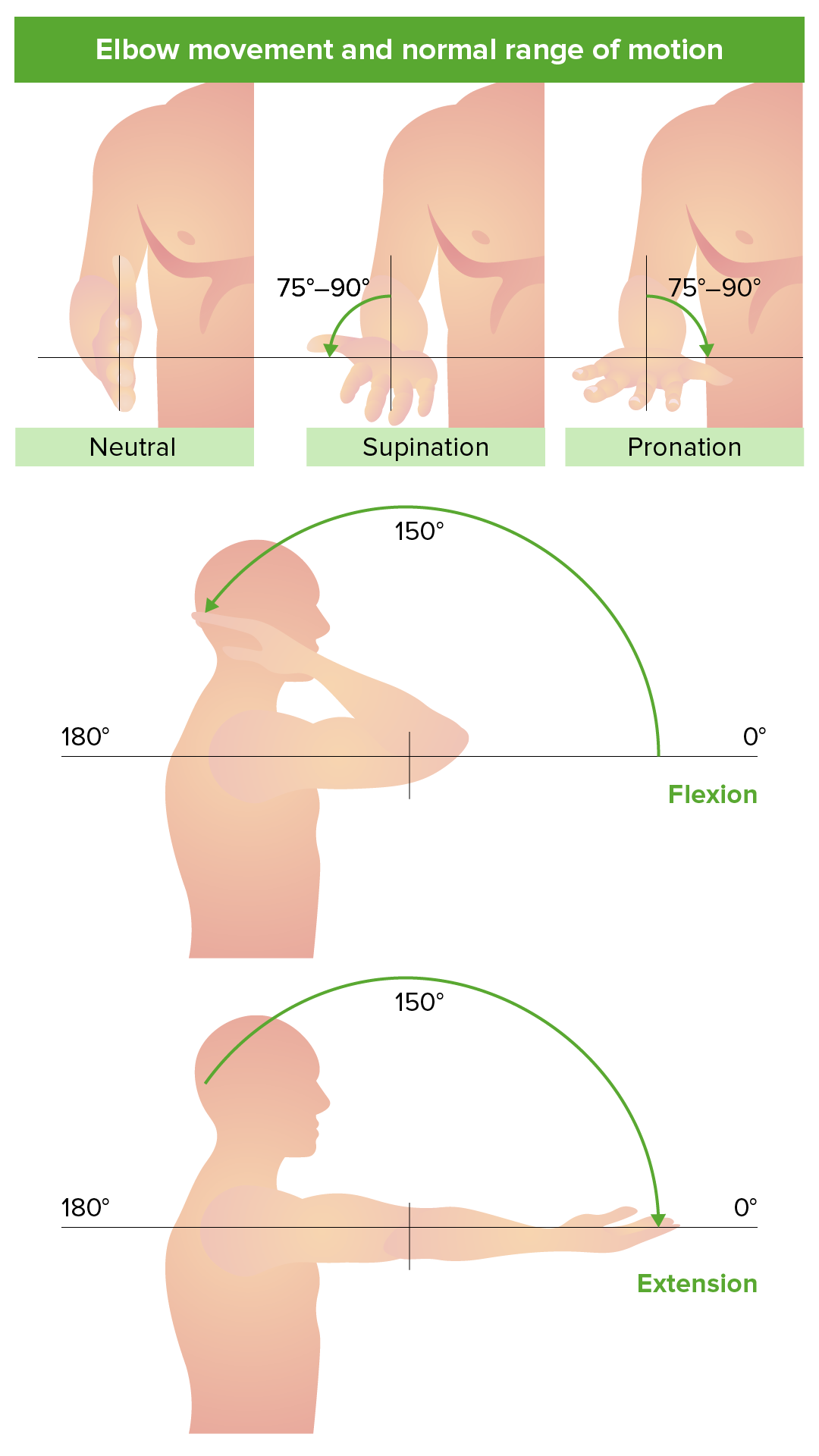Playlist
Show Playlist
Hide Playlist
Femoral Nerve Injury
-
Slides 05 Mononeuropathy Neuropathology II.pdf
-
Reference List Pathology.pdf
-
Download Lecture Overview
00:00 Here, we'll take a look at femoral nerve. 00:03 A motor deficit, and by this, we are referring to the iliopsoas and quadraceps weakness done obviously in the leg. 00:13 And so, therefore there's inability to flex the hip or the inability to extend the knee. 00:17 Femoral nerve, motor deficit. And we have what's known as meralgia paresthetica and with meralgia paresthetica, it's compression of lateral femoral cutaneous nerve of the thigh and therefore, the patient now is complaining of lateral thigh numbness and burning. 00:38 This is then called meralgia paresthetica. 00:41 Please take a moment and identify femoral nerve in the schematic. 00:46 Take a lot at what may happen when you have mononeuropathy of the common peroneal nerve. 00:52 Take a moment and identify the head of the fibula, common site of injury, and we'll do the same thing as we've been doing with all the mononeuropathies. 01:01 We'll begin by looking at clinical features. 01:04 This time, you'll have foot drop and occasional leg, maybe perhaps the top of the foot, in which there's numbness. Risk factors, diabetes, alcoholism, HIV, I ran through this quickly because it is common risk factor for any type of mononeuropathy. 01:21 However, now we have tight cast or splint placement. That might be more specific. 01:28 And leg crossing and leaning is a common issue, actually. 01:32 So, those individuals who cross their legs often may actually have common peroneal nerve mononeuropathy or injury. 01:41 Physical exam, patient unable to pull foot or toes up. 01:45 So, unable to properly what? Dorsal flex. 01:48 With the common peroneal nerve, it is important that you're able to localize exactly as to where the lesion is taking place. 01:55 Last time we've done this before, it was a radial nerve where there also, localization is extremely important. 02:02 So, spend some time and make sure that you're able to properly locate where the lesion took place to the common peroneal nerve. 02:09 You check the peroneus longus by foot eversion, tibialis anterior by foot dorsiflexion, and sensation over the dorsum of the foot. 02:19 Now, if there's peroneus longus plus a tibialis anterior involved, and you have decreased dorsum foot sensation, you will be able to localize a lesion to the common peroneal nerve above the fibular head. 02:32 If the peroneus longus is involved and you have decreased dorsum foot sensation, but the tibialis anterior is spared, then you know that the damage is taking place below the fibular head. 02:45 If the peroneus longus is spared and the dorsum foot sensation is preserved, but the tibialis anterior is involved, then you know that this is a deep peroneal lesion and this will be below the fibular head. 02:59 We have a couple of things here, the common peroneal, the superficial peroneal, and the deep peroneal, it will behoove you to quickly take a look at the schematic that I've shown you with different branches of the common peroneal. Let's move on. 03:12 Your recommendations. Symptomatic treatment is brace, in other words, plastics, to maintain your feet in dorsal flexion and to then prevent falls. 03:23 Also to help preventing tightening of Achilles tendon which will make recovery quite difficult. 03:29 Differential diagnosis. Oh, look where we are. Lower. 03:37 If accompanied by bowel or bladder symptoms, it could be caused by cauda equina lesions. 03:43 So now, you start looking at the spinal cord. Is that clear? If you suspect ALS, then obviously with ALS, you have other muscles that are involved and you have fasciculations, won't you? Remember that you have both upper and lower motor neuron lesions with ALS. 04:00 Myotonic dystrophy, and this then causes weakness and look for that wasted leg and bilateral foot drop if you're thinking about myotonic dystrophy, which is rare, but nonetheless a differential.
About the Lecture
The lecture Femoral Nerve Injury by Carlo Raj, MD is from the course Mononeuropathy. It contains the following chapters:
- Femoral Nerve
- Common Peroneal Nerve
Included Quiz Questions
Meralgia paresthetica is associated with which nerve?
- Lateral femoral cutaneous nerve
- Ulnar nerve
- Radial nerve
- Median nerve
- Common peroneal nerve
A patient has pain over the dorsum of the right foot. Findings indicate ipsilateral peroneus longus involvement with sparing of the tibialis anterior muscle. Which of the following nerves is most likely involved?
- Superficial peroneal nerve
- Deep peroneal nerve
- Common peroneal nerve
- Femoral nerve
- Lateral cutaneous femoral nerve
Customer reviews
5,0 of 5 stars
| 5 Stars |
|
5 |
| 4 Stars |
|
0 |
| 3 Stars |
|
0 |
| 2 Stars |
|
0 |
| 1 Star |
|
0 |







